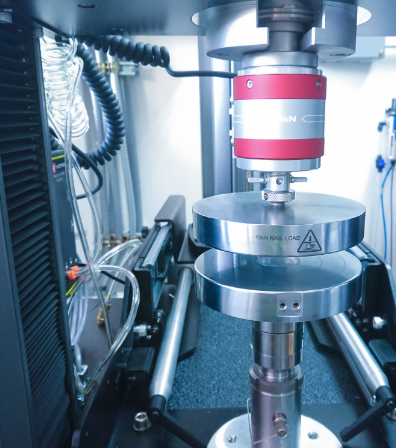Frequently Asked Questions About Spotlights
A spotlight has a narrow beam. It's like a flashlight that focuses on one spot. It produces a circle of light similar to a spotlight in the sky and is great for highlighting specific things. A flood light has a wide beam. It spreads light all around, making big areas bright and producing a large, spread-out light like the sun rising.
In short, if you want to show off one thing, use a spotlight. If you want to brighten a big area like an entire deck, use a floodlight.
There are several locations to consider. Here are some of the most popular:
- Roof: The roof is a popular location because it gives a broad view. High up, the light can shine over a long distance without many obstacles.
- Bumper: Placing the spotlight on the bumper is common. It's close to the road, making it great for spotting obstacles right in front of you, or directly behind you if you mount lights on your rear bumper.
- A-Pillar: This is the vertical support structure next to the windshield. Mounting a spotlight here can provide side and forward illumination. This is the most convenient install location for post-mount spotlights.
- Behind The Grille: Some choose behind the grille because it keeps the spotlight protected. However, be aware that light production may be reduced as the grille may block some of the light.
You can find a more in-depth exploration of light mounting locations in this article.
Using a spotlight in place of a fog light is usually not a good idea. Spotlights differ from fog lights in purpose and legality, and are less safe than fog lights in dangerous driving conditions.
Purpose: Spotlights are strong lights that are designed to shine far and bright, mostly in straight lines. However, fog lights aim low and spread light wide to show the road directly in front and to the sides.
Legality: In many places, using spotlights on public roads is illegal because they can blind other drivers and become a safety risk. Fog lights are road-legal.
Safety: Using a spotlight in foggy conditions is a bad idea. A spotlight will reflect off the fog, making it even harder to see. Fog lights, on the other hand, help you see better in fog because they don't reflect back as much.
In most places, local laws dictate the use, type, and placement of auxiliary auto lighting. For example:
Safety Rules: Some states, like California, say spotlights must not shine into other drivers' eyes. That means if you turn it on while driving, and it's too bright or pointed in the wrong direction, you could be breaking the law.
Colors: In many states, only certain vehicles (like police cars) can have blue or red spotlights. If your spotlight looks like police lights, that could be a problem.
Placement: Where you put the spotlight also matters. In Texas, for example, many municipalities require that any extra lights must be installed below the center of your headlamps.
In short, before installing a spotlight, be sure to check your local laws. It's usually legal to have a spotlight, but always follow local laws about how and when you use it.
We carry a large selection of Unity spotlights. Unity spotlights have been the staple post-spotlight for trucks, cars and emergency vehicles since the 1920's. You can find fitment info for any vehicle going back to 1929 with the application guides below:


















